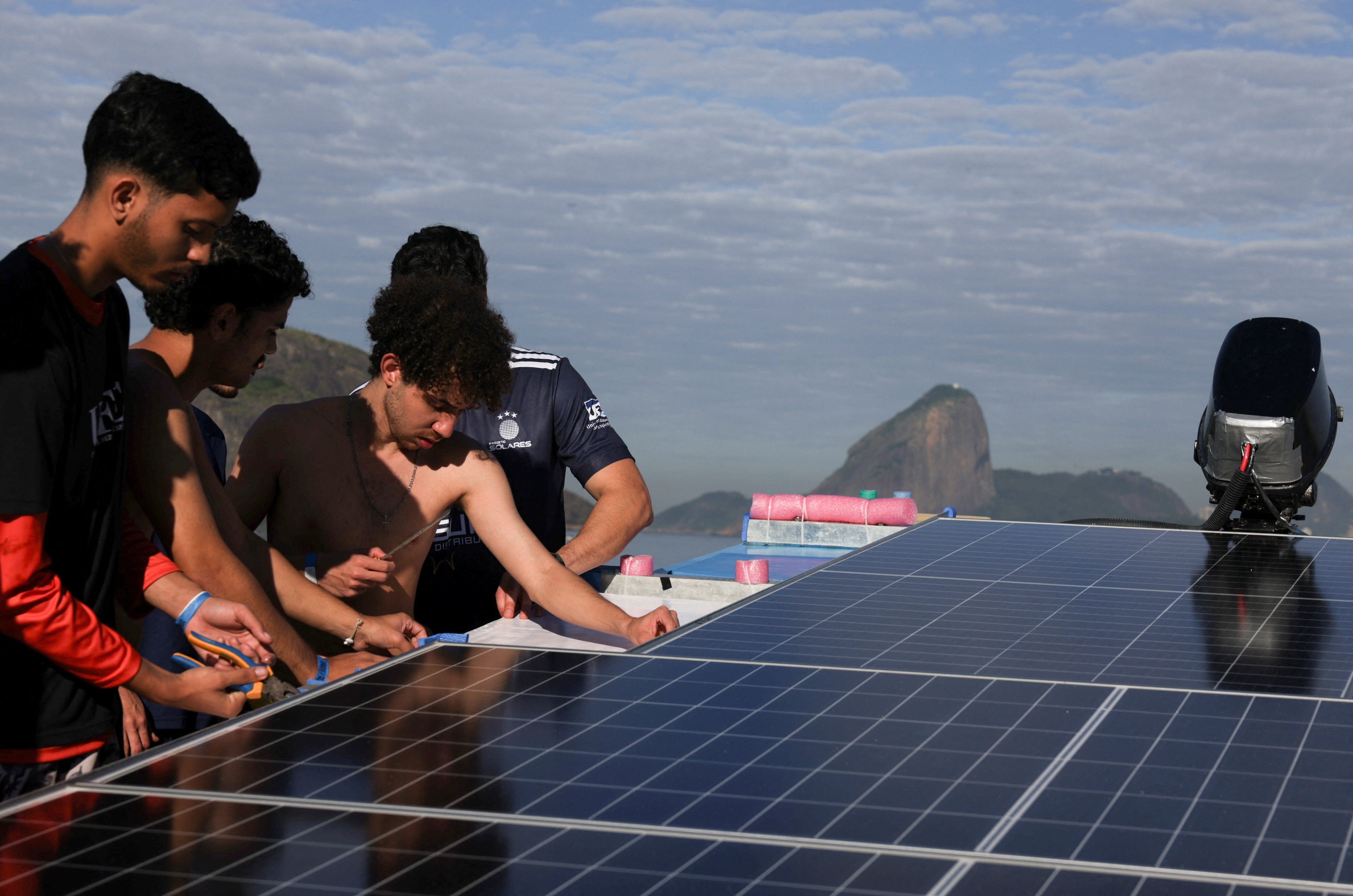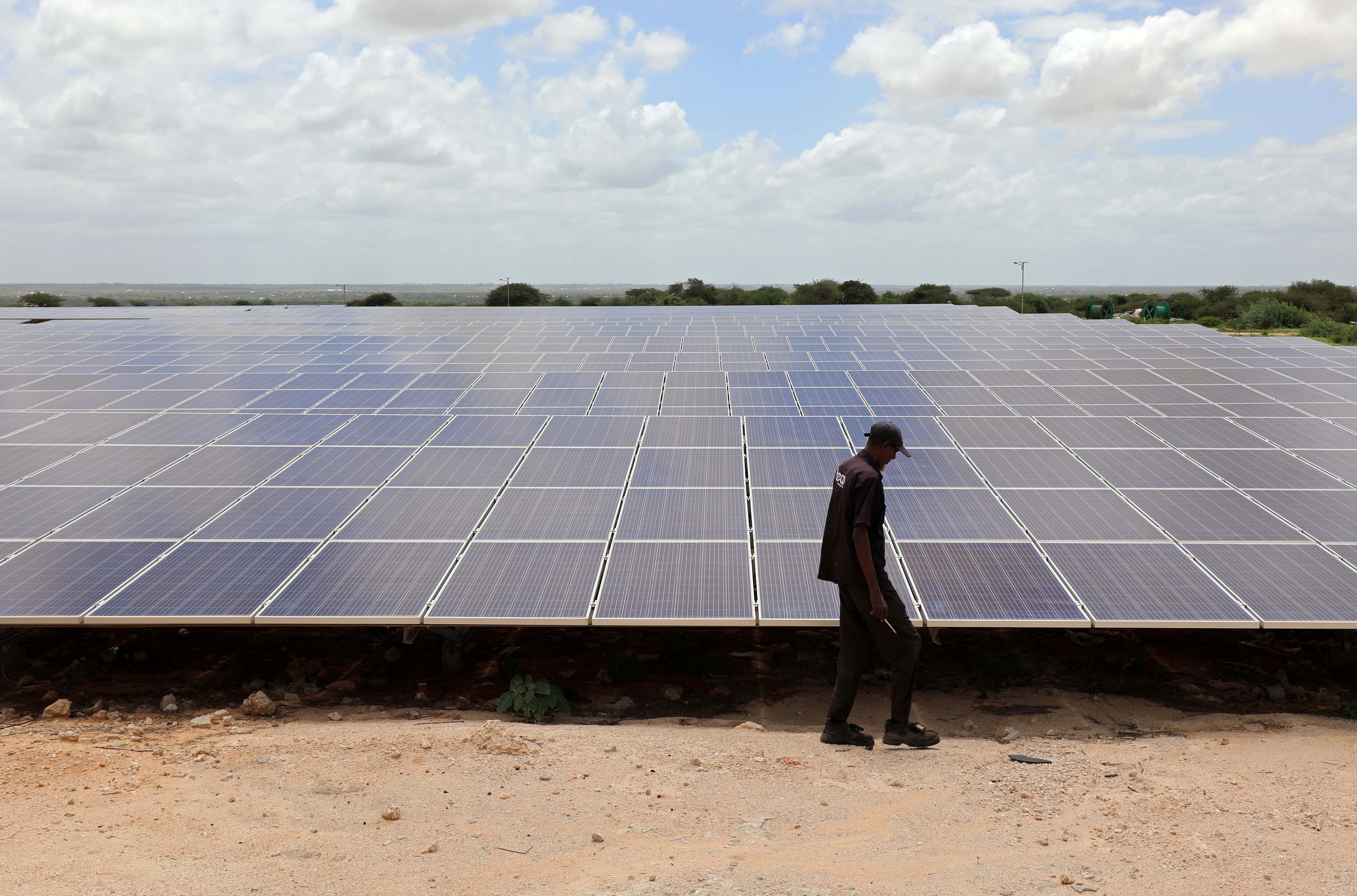Can Europe compete with a fracking-fuelled US?

Stay up to date:
United States
Newspapers like to claim that energy prices are much higher in Europe than in the United States, which has embraced fracking, and that this is killing the competitiveness of European industry. But this alarmist view is only partially true; and before all else, let’s distinguish between the three major types of energy and consider how these feed into the debate.
- The price of oil is the same all over the world. Prices vary only because of local taxes or subsidies.
- Power (electricity) costs vary enormously from country to country and even from sector to sector. Some data from the International Energy Agency (IEA) suggest that the EU average is almost twice as high as that in the US. But more detailed studies show that in some highly power-intensive sectors, at least in north-western Europe, costs are similar to those in the US. The horrendous cost of renewables is paid mainly by surcharges on households.
- Gas: here again prices vary across countries, but the US level seems to be about one third of the average across the EU and is likely to remain cheaper for quite some time.
Cheaper gas, and in many sectors cheaper power, undoubtedly gives US companies a comparative advantage. But is this enough to expect a significant shift of industry across the Atlantic? Energy accounts for about 3-5% of GDP but a higher proportion of the total costs in manufacturing. Moreover, EU manufacturers bear higher costs only for one type of fossil fuel. Energy costs are but one factor of many influencing competitiveness.
Cheaper gas and power should of course lead to a renaissance of energy-intensive industry in the US, in the steel or chemicals sectors. But this will go hand in hand with a relative decline of other US manufacturing industries, and sooner or later, an appreciation of the US dollar. Fracking itself is costly and if the sector remains open to competition, profits will be reduced to the point where costs plus a normal rate of return equal the price (shale gas is not a free lunch!). Moreover, the resources needed to extract shale gas and expand the energy-intensive sector will not be available elsewhere. This immediately implies that some other sectors of the US economy will have to shrink or expand less than they would have had the shale gas revolution not materialized. So even if energy-intensive industry were to shift from Europe to the US, some companies on the non-energy intensive spectrum – often more knowledge-intensive – might well move the other way.
This process has already started over the last decade. The EU, which has fewer domestic sources of energy and raw materials than the US, now has to pay over $500 billion each year for its energy import bill, much more than the US. The shale gas revolution will accentuate this difference as it is estimated that the US energy bill will essentially go to zero, whereas the EU’s might increase.
So far the EU has offset its higher energy bill by higher exports of non-energy intensive manufacturing goods, with EU manufacturing exports maintaining their share in world markets whereas that of the US has fallen.
The energy sector in the EU needs fundamental reform. The huge differences in costs and price across countries and sectors indicate that the market is not sufficiently integrated, with large pockets of inefficiencies remaining. It is therefore urgent to integrate markets more, to make the grid more “intelligent” and limit the cost of the roll out of renewables. This will yield efficiency gains which will benefit the entire European economy, not just industry alone.
If the EU is to achieve its aim of reducing the energy intensity of its economy by 20%, the migration to the US of some energy-intensive industries (which in any case employ few people) is highly likely to be part of the picture. Yet if managed successfully, there is no danger for the competitiveness of Europe as other, less energy-intensive, industries will then have more room to expand.
The Europe 2020 Competitiveness Report is published this week.
Author: Daniel Gros is Director of the Centre for European Policy Studies (CEPS).
Image: Two workers repair a high-voltage power line in Troisdorf near Cologne November 8, 2011. REUTERS/Wolfgang Rattay
Don't miss any update on this topic
Create a free account and access your personalized content collection with our latest publications and analyses.
License and Republishing
World Economic Forum articles may be republished in accordance with the Creative Commons Attribution-NonCommercial-NoDerivatives 4.0 International Public License, and in accordance with our Terms of Use.
The views expressed in this article are those of the author alone and not the World Economic Forum.
Forum Stories newsletter
Bringing you weekly curated insights and analysis on the global issues that matter.
More on Energy TransitionSee all
Eneida Licaj and Genevieve Sherman
September 10, 2025
Thomas Kiessling
September 10, 2025
Rosa Kariger
September 8, 2025
Maciej Kolaczkowski
September 8, 2025
Mohamed Okash
September 5, 2025
Volker Sick
September 4, 2025






